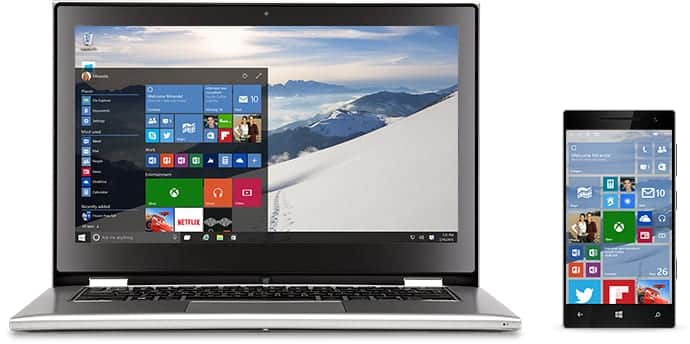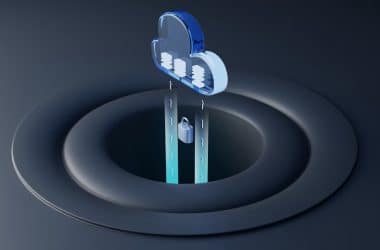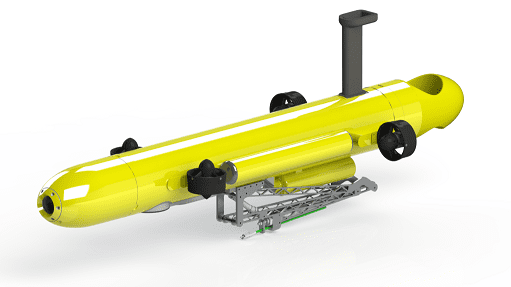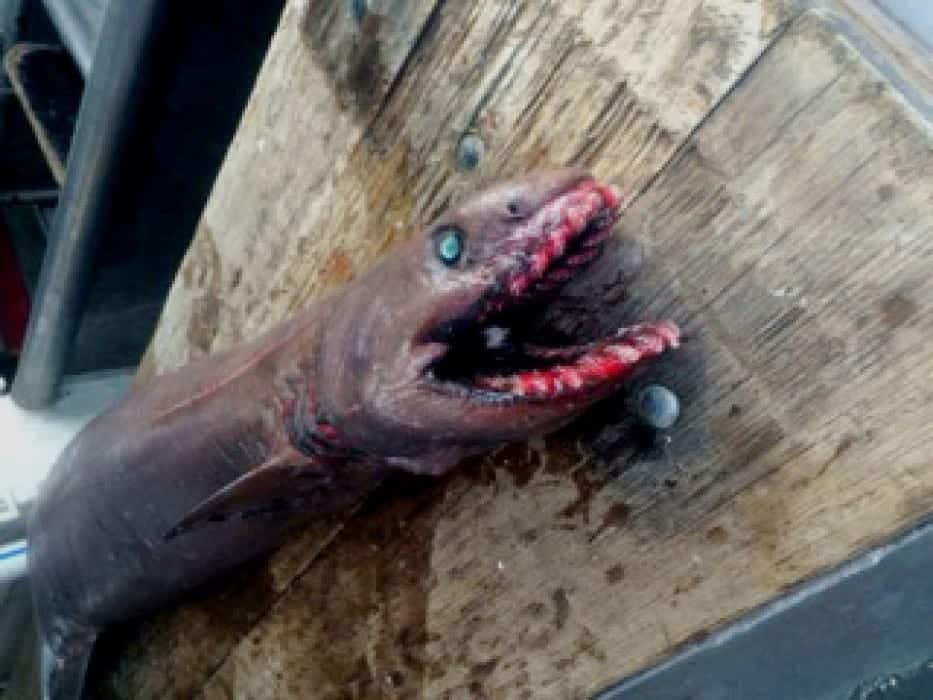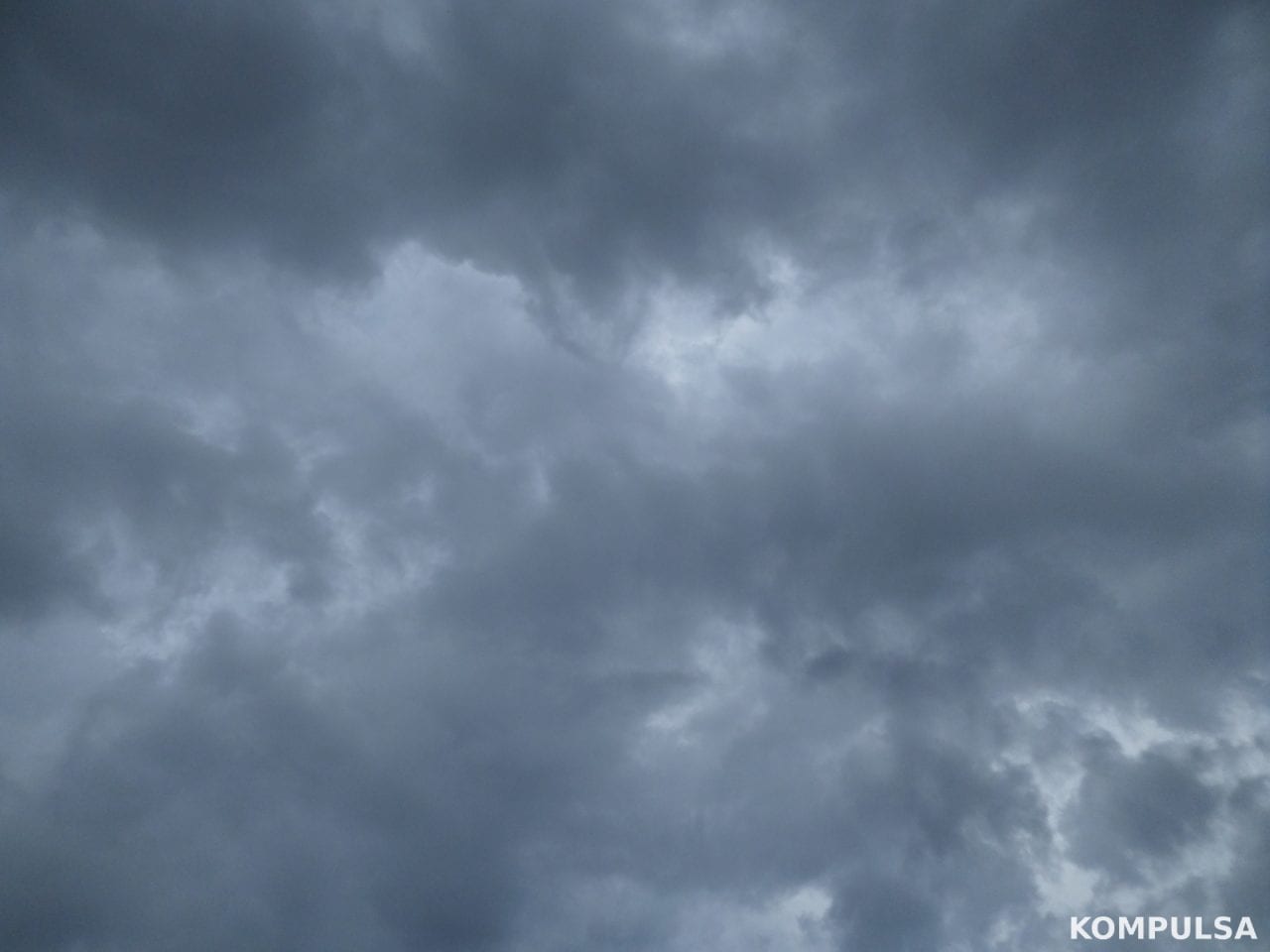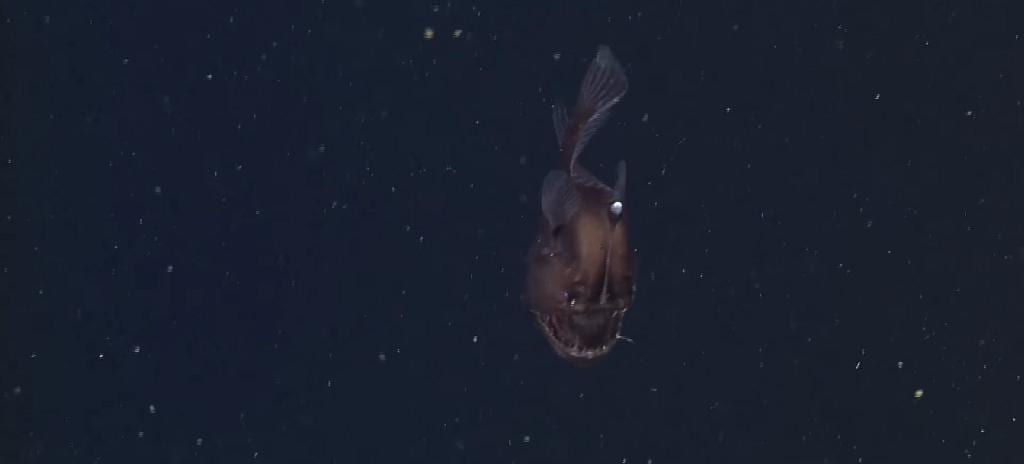In March 2010, Iceland’s Eyjafjallajoekull volcano erupted. That eruption was such an enormous and petrifying disaster that it shut down all Nothern European flights (except the emergency ones) for day, a stark reminder that the greatest danger of volcanoes isn’t lava, but their ash emissions.
Unfortunately, volcanic eruptions can get much worse than that.
Introducing Yellowstone, A Supervolcano Under A National Park
Supervolcanoes are ‘super’ because of their massive scale, and potential to blow everyone into the sky. I have to admit that was an exaggeration, but my point is that all other volcanoes pale in comparison to them.
All the eruptions you have seen are nothing compared to what Yellowstone can do, hence the hysteria and curiosity surrounding it.
The Yellowstone caldera (which is a sink in or near the centre of a volcano) is 55 by 72 km (or 34 by 45 miles), and it is an active supervolcano.
I can’t say that I didn’t mean to scare you, because i’m going to do it again: Odd things have happened at Yellowstone National Park recently, and it happens to be the park sitting atop the Yellowstone Caldera , which sits atop a massive underground pool of red-hot magma.
In case you were wondering, all of those beautiful heated spectacles you see at Yellowstone National Park such as the Old Faithful geyser and more are caused by Yellowstone’s volcanic heat.
According to CNN, the road that takes visitors past the White Dome Geyser, Great Fountain Geyser and Firehole Lake melted due to Yellowstone’s intense heat.
For a volcano that hasn’t erupted (or to be more specific, supererupted) for tens (or hundreds) of thousands of years, Yellowstone is very active. It is producing steam, the caldera rises and falls periodically, and it experiences 1,000 to 3,000 little earthquakes annually.
Is Yellowstone Going To Erupt?
Despite the fact that Yellowstone is enormous and dangerous, worrying about it is only going to make you unhappy. Apart from that, CNN said that there would be a warning well in advance if it was about to erupt, and the National Park Service doesn’t expect an eruption for at least thousands of years.


